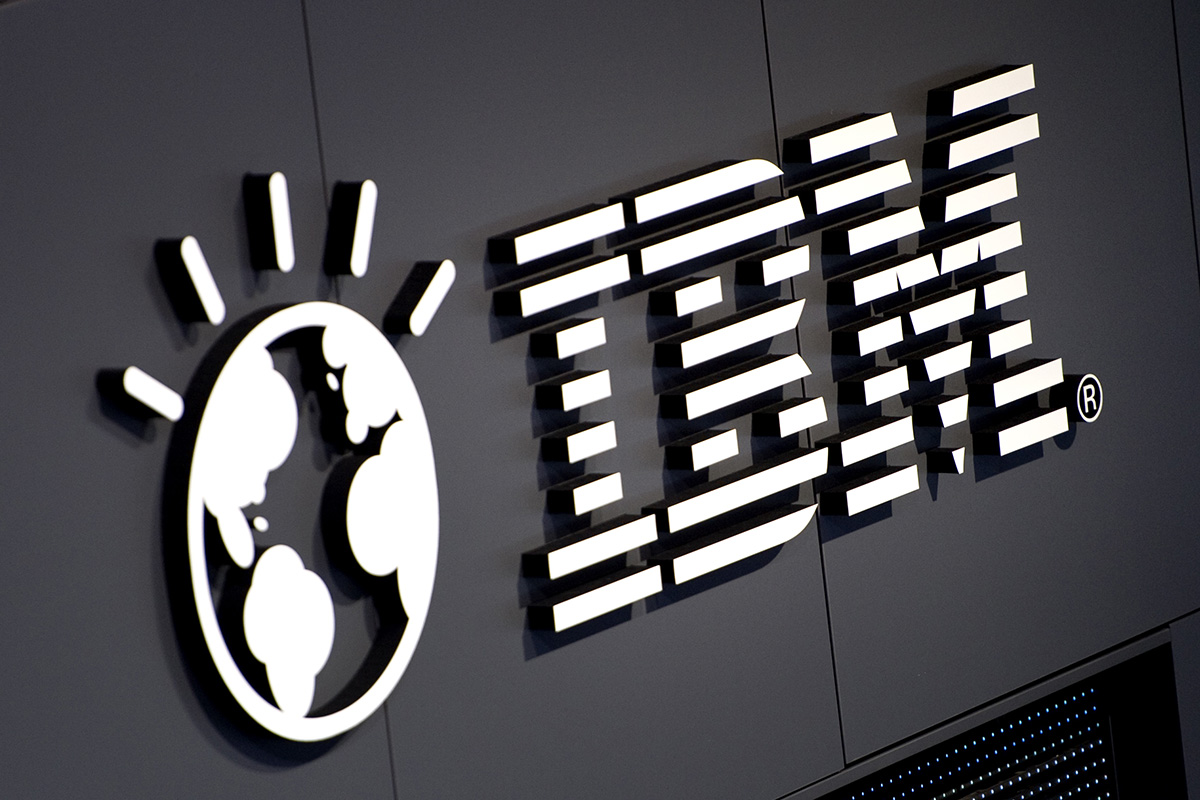The world is changing at a rapid pace. 20 years ago, no one could have predicted the scale of which smartphone, internet, virtual reality, blockchain and big data technologies – just to name a few – would have on our lives.
But that hasn’t stopped others from looking at how technology will shape our future. Kindergarten drawings of flying cars and Star Wars-like futuristic buildings in outer space may come to mind. Just as the mind of pre-schoolers are boundless, so too are the minds of the scientists at IBM Research.
IBM Research’s annual “5 in 5” technology predictions were released just recently, showcasing some of the biggest technological breakthroughs to come out of their global labs. It outlines five technologies that could drastically reshape our lives, society and the way we do business in the next five years.
Mapping these advances onto a growing region, how realistic are these breakthroughs within the context of Southeast Asia?
The power of crypto-anchors
Blockchain technology is fast sweeping the region and it is not limited to only cryptocurrency but is also being used increasingly in the supply chain logistics of the palm oil, freight and airline industries – just to name a few. The technology is set to improve on current levels of transparency within so called opaque supply chains.
However, blockchains falls short in determining the authenticity of the physical goods involved within supply chains. Enter, crypto-anchors.
Crypto-anchors are tiny computers which act as digital fingerprints and are smaller than a grain of salt. It has been developed by IBM to fight against fraud linked to blockchain. The unclonable fingerprint can take the form of a tiny computer or optical code which, can then be embedded into any product that is linked to the blockchain as a method of proving authenticity.
The research arm of the multinational technology company predicts that crypto-anchors will be prevalent in our daily lives as early as within the next 18 months.

The AI revolution
IBM predicts that five years from now, small, autonomous artificial intelligence (AI) microscopes would be deployed the world over. These inventions, which utilise cloud networking would be essential in monitoring an important resource on this planet – water. The microscopes could be used to analyse and interpret locally sourced data on water and report any irregularities in real-time.
According to statistics by the United Nations (UN), as of 2015, more than 140 million people in Southeast Asia lack access to clean drinking water. Water stress is also likely to affect urban areas in this developing region due to chemical run offs which may taint existing water supplies.
Another dimension of AI which would transform in the next few years is AI bias. AI is a powerful tool which greatly complements its human counterparts. Hence, it is important that AI isn’t prone to biases which are inherent to human beings. Researchers in IBM have developed methods to reduce bias which could be present in an AI training dataset so that any AI algorithm would be able to develop better, without perpetuating inequity as much as humans do.
The future of computing
Five years from now, we will see the mainstreaming of quantum computing. Now in its nascent stages, researchers believe that it would be used extensively, from classrooms to boardrooms in the near future.
Quantum computers are extremely powerful machines which are able to process information faster than classical computers using the principles of quantum mechanics like superposition and entanglement. They will one day be able to solve computational problems previously considered unsolvable.
In line with the advent of quantum computing, IBM has also developed lattice cryptography – which masks data inside complex math problems called lattices. As technology advances, so do to the capabilities of blackhat hackers looking to exploit it for nefarious reasons. Herein, lattice cryptography is able to ensure a level of file encryption which even future quantum computers cannot crack.
Given the rapid boom of Southeast Asia’s digital economy, such technologies will be an important facet to the region’s development. A 2017 report by Cisco and A.T. Kearney revealed that cybersecurity resilience levels are still not on par with the region’s digital development. Perhaps quantum computing and lattice cryptography can help bridge this divide.
Thinking about the future of the planet is a wonderous thought experiment, performed by many. The excitement which accompanies the ever-changing technological landscape is likely to make that mental representation a positive one.
To imagine that the world could be a completely different place in five years is mind boggling enough. To live through it is the stuff science fiction novels are made of.
